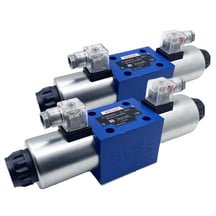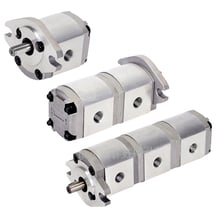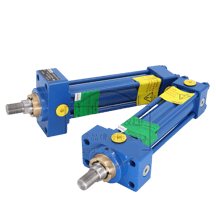How to Choose Hydraulic Cylinders in 2025
As we head into 2025, the hydraulic industry is evolving with new technologies and a stronger focus on efficiency and sustainability. Hydraulic cylinders are a critical component of many systems, and choosing the right one can make a big difference in performance and longevity. Here’s a practical guide to help you pick the best hydraulic cylinder for your needs.
2/23/20252 min read
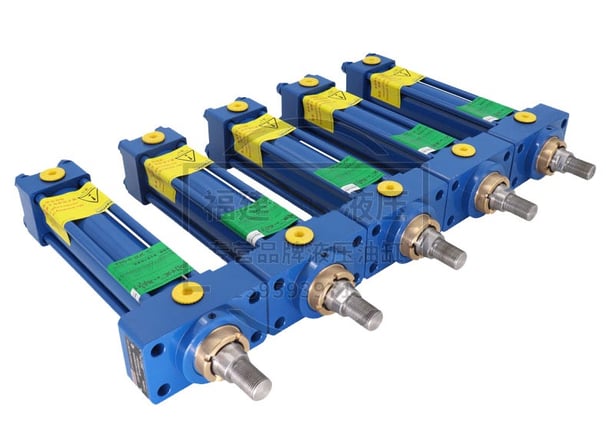

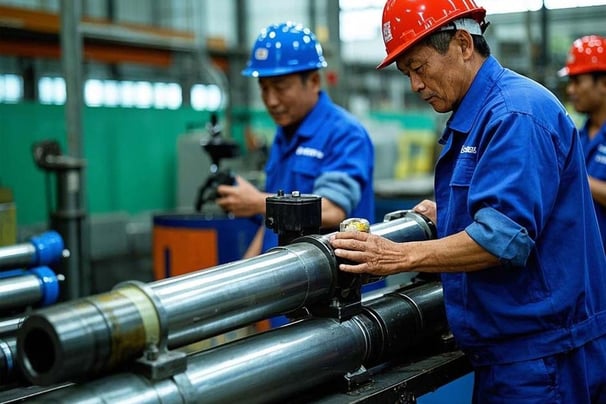

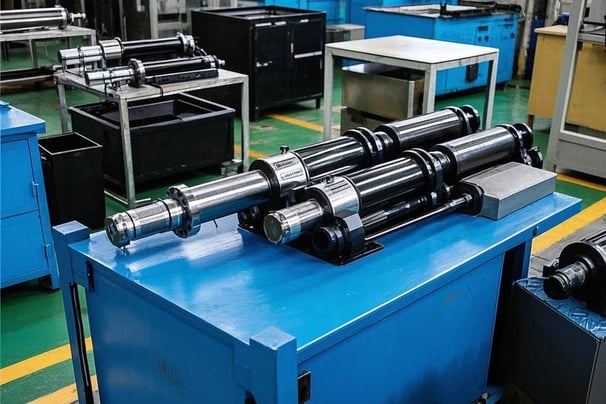

Understand Your Application
The first step is to clearly define what you need the hydraulic cylinder to do.
Different applications—like construction equipment, manufacturing machinery, or agricultural tools—have unique requirements.
For example, heavy-duty machines may need cylinders with high load capacities, while precision systems might require smooth and consistent movement. Knowing your application will help you narrow down your options.
Determine the Right Size and Capacity
Hydraulic cylinders come in various sizes and load capacities.
It’s important to choose one that matches your system’s demands. Consider factors like stroke length, bore size, and rod diameter. A cylinder that’s too small may fail under pressure, while one that’s too large can be inefficient and costly.
Always check the specifications to ensure a proper fit.
Look for Energy Efficiency
Energy efficiency is becoming increasingly important in hydraulic systems.
Modern cylinders are designed to minimize energy loss and reduce friction, which can lower operating costs and improve performance.
Look for features like precision seals and optimized designs that help conserve energy while maintaining power.
Finally, partner with a reliable supplier who offers quality products and excellent customer support. In 2025, many suppliers provide online resources, technical assistance, and training to help you get the most out of your hydraulic cylinder. A good supplier can also help you find the right product for your specific needs.
In conclusion, choosing the right hydraulic cylinder in 2025 requires a clear understanding of your application, a focus on durability and efficiency, and a willingness to embrace new technologies. By following these guidelines, you can ensure your hydraulic system performs at its best for years to come.

